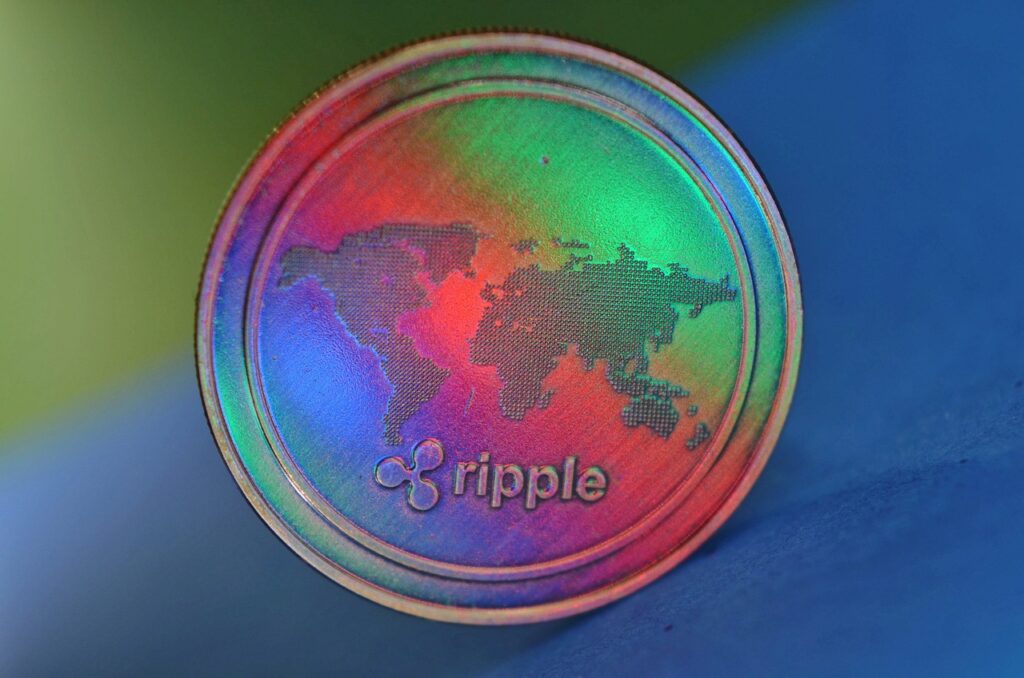In recent weeks, the value of XRP, the cryptocurrency associated with Ripple Labs, has quadrupled, catapulting it back to the position of the third-largest cryptocurrency globally. With a market capitalization of approximately $140 billion, XRP now trails only Bitcoin and Ethereum.
What’s behind this remarkable rise, and what should investors know about XRP?
Why XRP is soaring
XRP’s resurgence can be largely attributed to favorable political and regulatory expectations.
- Post-election sentiment
Before the U.S. presidential elections, XRP was trading at around $0.50. Following Donald Trump’s victory, the price skyrocketed to a peak of $2.90. Investors are speculating that a Trump-led administration will adopt a more crypto-friendly stance, especially with the anticipated departure of SEC Chair Gary Gensler, who has been at odds with Ripple Labs. - Ripple’s SEC battle
Ripple Labs has been embroiled in a long-running legal dispute with the Securities and Exchange Commission (SEC), which accused Ripple of illegally selling XRP as an unregistered security. A more lenient regulatory environment could pave the way for Ripple to operate with fewer constraints.
XRP’s market position
According to CoinGecko, XRP’s market capitalization is now the third-largest among cryptocurrencies:
- Bitcoin: $2 trillion market cap
- Ethereum: $482 billion market cap
- XRP: $140 billion market cap
Despite its recent surge, XRP remains below its all-time high of $3.40, which was achieved in January 2018.
What is XRP, and how does Ripple work?
XRP was designed to facilitate fast and efficient international payments. Ripple Labs markets it as a solution for banks and large financial institutions.
- RippleNet’s On-Demand Liquidity (ODL)
- Funds are converted to XRP, sent internationally, and then converted back into the desired currency locally.
- This process is faster and cheaper than traditional correspondent banking systems, which can take days to settle transactions.
Ripple has focused on building partnerships with major players, including banks and even central banks, positioning XRP as a bridge currency in the financial ecosystem.
Controversies surrounding XRP
While Ripple has touted XRP’s potential, the cryptocurrency faces significant criticism:
- Centralized Control:
Unlike decentralized cryptocurrencies like Bitcoin, XRP’s network is controlled by Ripple Labs, which decides which nodes participate. This centralization makes it more akin to a traditional payment system than a cryptocurrency. - Pump-and-Dump Allegations:
XRP’s entire supply of 100 billion tokens was pre-mined by Ripple Labs, with 57 billion currently in circulation. Critics argue that Ripple and its founders have profited significantly by selling large amounts of XRP on the open market:- Brad Garlinghouse, Ripple’s CEO, reportedly earned $164 million from XRP sales.
- Chris Larsen, co-founder, reportedly pocketed $453 million.
- Revenue Model:
While Ripple has clients for its payment solutions, much of its revenue comes from systematically selling XRP tokens, fueling skepticism about its business model.
Should investors be cautious?
Speculative price predictions for XRP, some exceeding $50 per token, have circulated widely online. However, such valuations would place XRP’s market cap at $2.8 trillion—higher than Bitcoin’s—a scenario that seems implausible.
XRP’s recent rally is driven by political optimism and speculative momentum, but the cryptocurrency remains mired in controversy.
Key risks for investors:
- Centralization concerns: XRP’s governance structure raises questions about its independence as a cryptocurrency.
- Sustainability: Ripple’s reliance on XRP sales for revenue could undermine long-term trust in the token.
- Regulatory uncertainty: Despite potential changes, the SEC’s stance could shift unpredictably.
XRP’s rise to prominence underscores its appeal in a rapidly evolving crypto landscape. However, its centralized nature and Ripple’s business practices invite scrutiny, making it a polarizing asset among investors.



